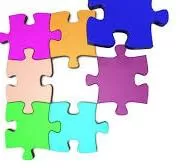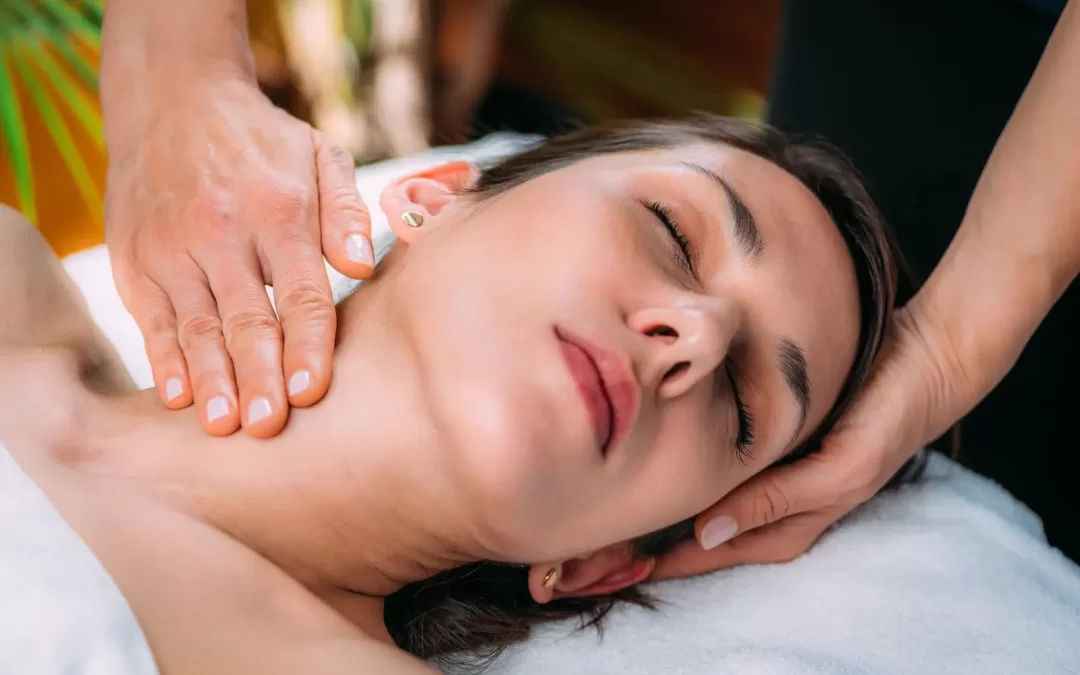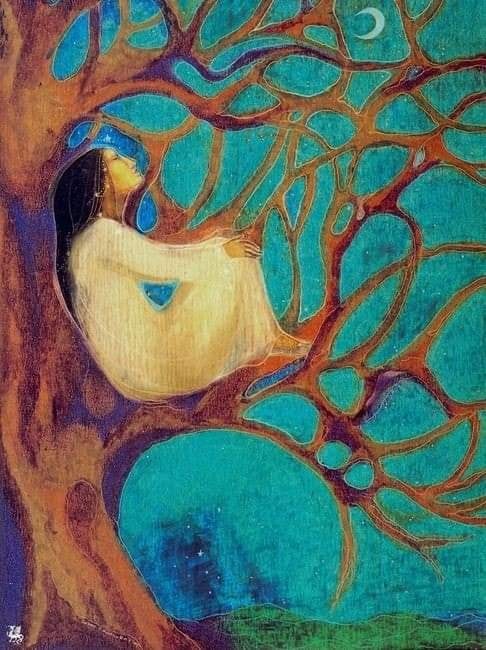Nothing Exists Alone: Embracing Connection as a Path to Wholeness

Through mindfulness and the recognition that everything exists with connection, we begin to heal. Not just ourselves. But also our relationships in the world around us.
When we become mindful of how everything lives in connection, the universe shifts into a deeper mutual place of compassion. Truly discovering that we are not isolated objects is a powerful realization. That’s something we could all use just about now.
It’s not so simple that we are just individuals moving through separate experiences. From the breath we take to the words we speak, our lives are constantly woven into a larger web of interdependence. From the quantum level to how the butterfly effects of one choice changes everything.
I bring this up because as a Craniosacral Therapist, working in Columbus, Ohio, I find that awakening to the bigger picture brings about deep healing, growth and evolution.
Because we are so ingrained to believe in separatness and individuality, we forget that there is more richness in inter-dependence and mutual help and support. Yes, we have a sense of independence, but we are also here in mutuality and connection.
When I work with clients, often I feel that there seems to be a “part” that is dysfunctional. yet as my hands listen, and notice- the other fluids, tissues and systems come into play in the healing process. Nothing can heal in separation or parts. What seems like a problem is actually an expression of something waiting to change and move toward connection, Mostly, I manually wait for the deeper inner intelligence of the body to reconnect and remember the innate wholensss that lives in everything. Other times, the client may speak about past experiences of trauma that are ripe enough to heal. I trust whatever happens to bring the “pieces” back together into the present.
There is always more to us than we ever imagined. To self-realize and discover the value of reaching beyond is a compassionate and wise way to live and grow. Not only for our own personal journeys, but also knowing that each choice we make ripples across the Universe. We all matter. Everything we do counts. Being mindful changes everything.
To learn more about Mindfulness and Connection, check out: www.hakomi.com
To find out more about Craniosacral Therapy, check out: www.upledger.com
Sharon Hartnett CST-d
614 653-8111
www.craniosacraltherapistcolumbus.com





